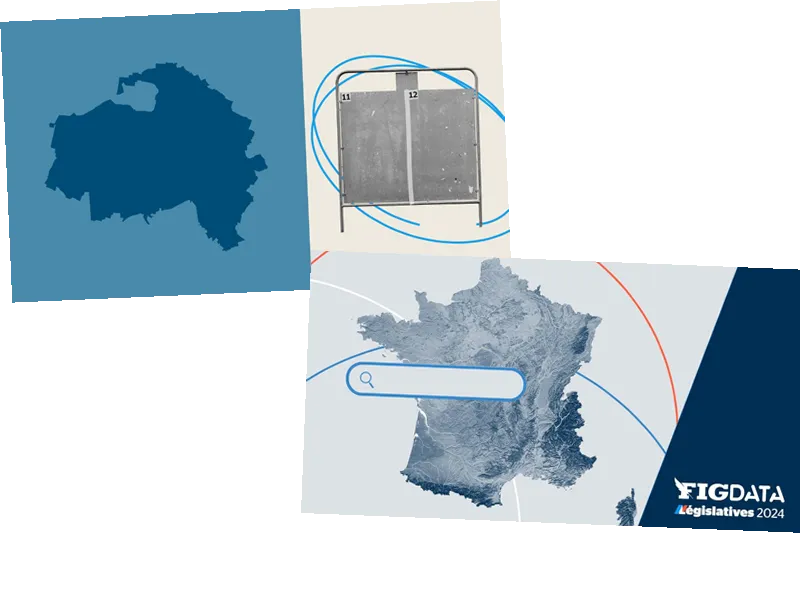Voters in seven of the eleven constituencies in Val-de-Marne must go to the polls this Sunday, July 7 to elect their deputy. Among these, the 1st, 3rd, 4th, and 5th constituencies will have three candidates each to decide between. A total of 18 candidates are still in the running to obtain a seat in the National Assembly.
The 3rd constituency of Val-de-Marne is particularly noteworthy as it will see Louis Boyard (New Popular Front - LFI) face off against Loïc Signor (Ensemble) and Arnaud Barbotin (LR-RN). Boyard had previously made headlines in the first round after intervening at a polling station where racist remarks were reported.
In the 1st constituency, the candidates are Lyes Louffok (New Popular Front - LFI), Sylvain Berrios (Various right), and Anne-Gaëlle Sabourin (National Rally). The 4th constituency will see Maud Petit (MoDem) compete against Alain Philippet (National Rally) and Adel Amara (New Popular Front - LFI). Meanwhile, in the 5th constituency, Isabelle Huguenin-Richard (National Rally), Mathieu Lefevre (Ensemble), and Julien Leger (New Popular Front - PCF) are vying for the seat.
The results of the first round of these early legislative elections have sparked questions about the number of duels, triangulars, or even quadrangulars in the 501 constituencies that did not see a candidate elected on Sunday evening. Multiple withdrawals on the left and in the majority, including that of Minister Delegate Dominique Faure in the 10th constituency of Haute-Garonne, have aimed to form a 'republican front' against the National Rally (RN) to prevent them from obtaining an absolute majority.
Initially, 306 triangulars were possible following the first round, but only 89 will take place according to the Ministry of the Interior. Out of the five planned quadrangulars, only two remain. Consequently, the number of duels has increased from 190 to 409. A total of 76 deputies were elected or re-elected in the first round, with 39 from the National Rally, 32 from the New Popular Front, three from the Republicans, and two from the presidential majority.
France is divided into 577 constituencies, including 27 for overseas departments, regions, and communities, and 11 for French people living abroad. This division is based on demographic criteria, with each constituency representing around 120,000 people on average in mainland France. However, there are significant disparities, such as the first district of Cantal with 61,989 inhabitants and the fifth district of Loire-Atlantique with 172,279 inhabitants.
- The upcoming elections in Val-de-Marne are crucial as they will determine the representatives in the National Assembly. The focus on the 3rd constituency highlights the intense competition and the significant public interest in the candidates' actions and backgrounds.
- The strategic withdrawals by candidates in various constituencies underscore the political maneuvering aimed at preventing the National Rally from gaining a majority. This tactic reflects the broader political landscape in France, where alliances and withdrawals can significantly impact the election outcomes.
- The demographic basis for the division of constituencies ensures that representation is proportionate to the population, although disparities exist. This system aims to provide balanced representation across France, including its overseas territories.






